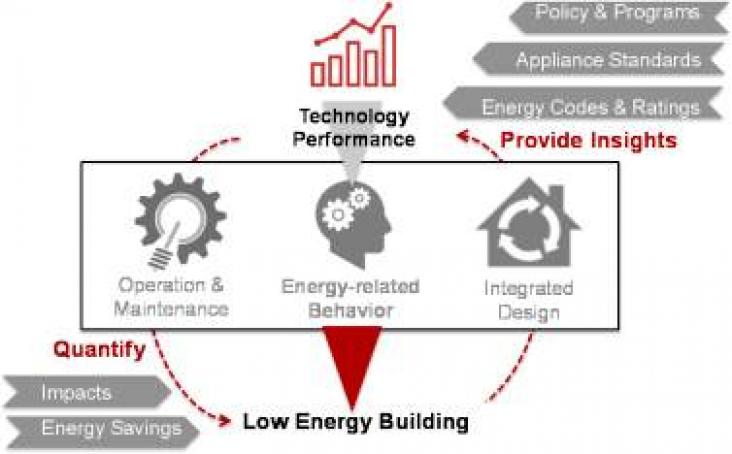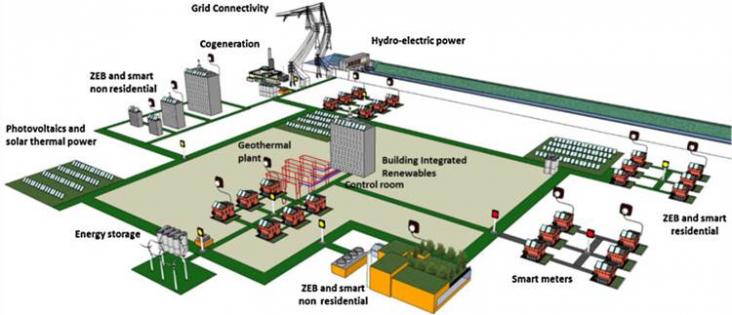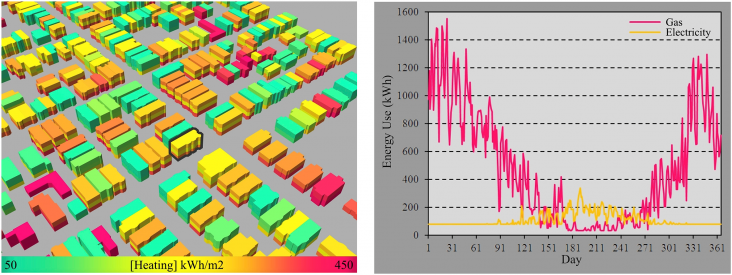

The smart grids are modern electric power grid infrastructure for enhanced efficiency and reliability through automated control, high-power converters, modern communications infrastructure, sensing

The elevated air temperature of a city, urban heat island (UHI), increases the heat and pollution-related mortality, reduces the habitats' comfort and elevates the mean and peak energy demand of bu
It is well known that there is a need to develop technologies to achieve thermal comfort in buildings lowering the cooling and heating demand.

Recent research and professional interest in planning for sustainable and resilient cities emphasizes the assessment of a broad spectrum of urban ecosystem services.
Building toilets and getting people to use them is critical for public health.
